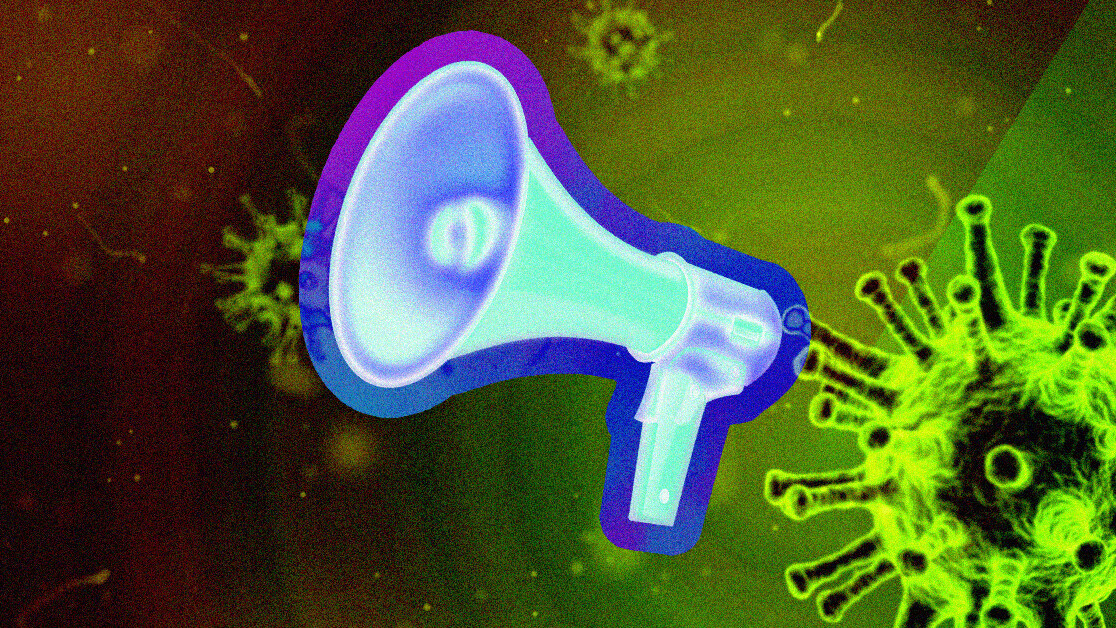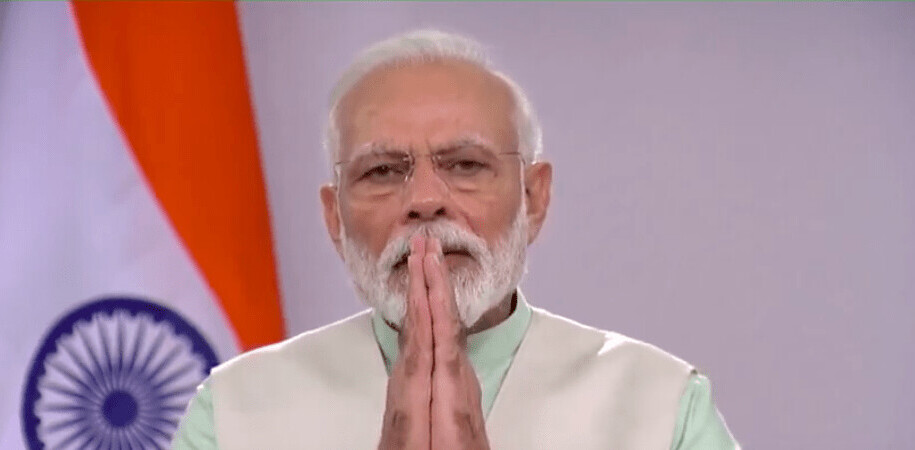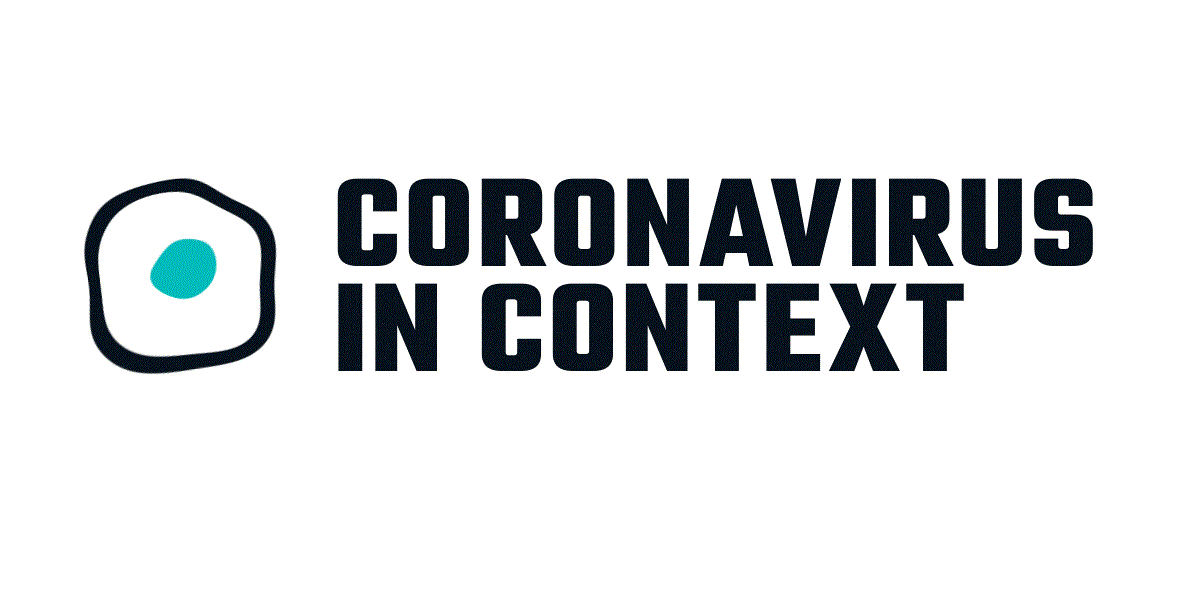
These are unprecedented times — so should our marketing strategies change in line with the reality we’re currently living in?
This is the question rippling through various marketing communities as people are trying to get their bearings and form some kind of a plan to move forward in this rocky economic climate.
And the classic marketing answer is: It depends.
However, I’m going to outline my thoughts on what this means for content promotion and how we can move forward to be as productive as possible.
What should you say — and how?
There have been jokes about people getting a million brand emails about companies’ takes on the coronavirus.
Maybe you’re looking at your campaign schedule or editorial calendar and thinking, well, does this apply anymore?
In most cases, yes, it does. If your audience’s industry is trying to be business as usual amidst the chaos, many people will want to try to maintain normalcy (and keep their companies afloat!).
But, ask yourself these questions:
- Is coronavirus impacting my audience, and if so, can I help them?
- Will my audience’s priorities shift as a result of the current climate, and if so, how should my content change to reflect that?
- Does coronavirus impact our product/service offering, and if so, how can we communicate that to our audience?
Your answers to these questions can help you identify if you have content that needs adjusting or if you need to add content to your schedule.
However, the bulk of your content will most likely still be relevant and need to be promoted.
People still need information and goods and businesses still need to provide it. Additionally, writers covering most beats still need topics to talk about other than coronavirus.
Things will be tougher since the public is focused on a global event, but there are tricks to being more promotionally successful at times when a worldwide phenomenon is dominating a news cycle.
How should you promote non-COVID-19 content?
If you’re moving forward with industrycontent, how can you responsibly and effectively reach your audience at a time when critical COVID information is also being communicated?
Social content
Right now especially, social content is going to be focused around COVID-19 as international, national, and local news updates continue to arise.
Empathy is key here. You don’t want to be tone-deaf and alienate people, because nearly everyone these days is worried about something related to the virus.
If you turn to big brands for examples, you’ll see that some of them have gone quiet. It’s a delicate situation, because you don’t want to sound like you’re just selling at a time like this.
But a few brands provide ideas for ways you don’t have to drop off the map.
Sephora seems to be tweeting their normal content, but they’ve also RTed a COVID-19 related tweet that’s on the uplifting side. This is a way of saying, hey, we’re going to continue chugging along during all of this, but we also acknowledge what is happening.
It’s a subtle way to show you’re not in complete denial of the global situation.
I also love how Slack pinned a post to the top of their feed related to COVID-19 and providing tips that it makes sense for their brand to offer.
If you follow a similar strategy, you’re showing people your brand cares and wants to help, and I’d argue you can continue to post your regularly scheduled content (assuming it still makes sense in the general context of today’s climate.)
Link-building content
If you work in digital PR and you promote the content you create by pitching it to publishers, you know the job has never been easy. But the strategy has and continues to be extremely beneficial in terms of building links, referral traffic, brand awareness, and more.
Now, the piece that will become harder is list-building. The key is to look for journalists who don’t specifically cover breaking news and who remain dedicated to their particular beat. Thankfully, not every writer will cover COVID-19, because it doesn’t make sense for their beat, or because they’ve tackled every angle already.
Additionally, when pitching, I always recommend including the key takeaways of your content in the body of your pitch email so writers can quickly glean what parts are the most relevant/interesting to them. Now, I recommend seeing if any are related to coronavirus topics, even if tangentially.
For example, here are some related topics:
- Working from home
- Homeschooling
- Time management
- Introversion/extroversion
- Politics
- Health care
- Etc.
It doesn’t have to be specifically about the virus in order to be relevant. And don’t force it! If you have a topic completely unrelated, let it stay that way.
In fact, your best bet can be appealing to niche writers who still need industry-related material, even in times like this.
It’s the difference between pitching an environmental story to CNN vs. Treehugger. While CNN is busy covering COVID-19, Treehugger might need more relevant content for them.
The press is certainly inundated with COVID-19 updates they need to provide to their readership. However, many publications and writers don’t need to be these key sources for people and are instead looking to continue being informative about their specific niches.
Your business is probably the same way. You have customers/clients to help and employees to pay. You need to keep going. So examine what content of yours makes sense to still promote, and follow these tips to increase your chances of receiving high-value media coverage.
Get the TNW newsletter
Get the most important tech news in your inbox each week.





